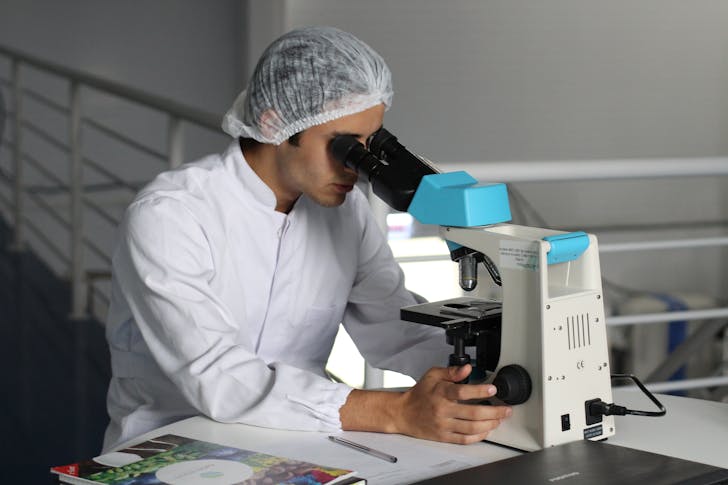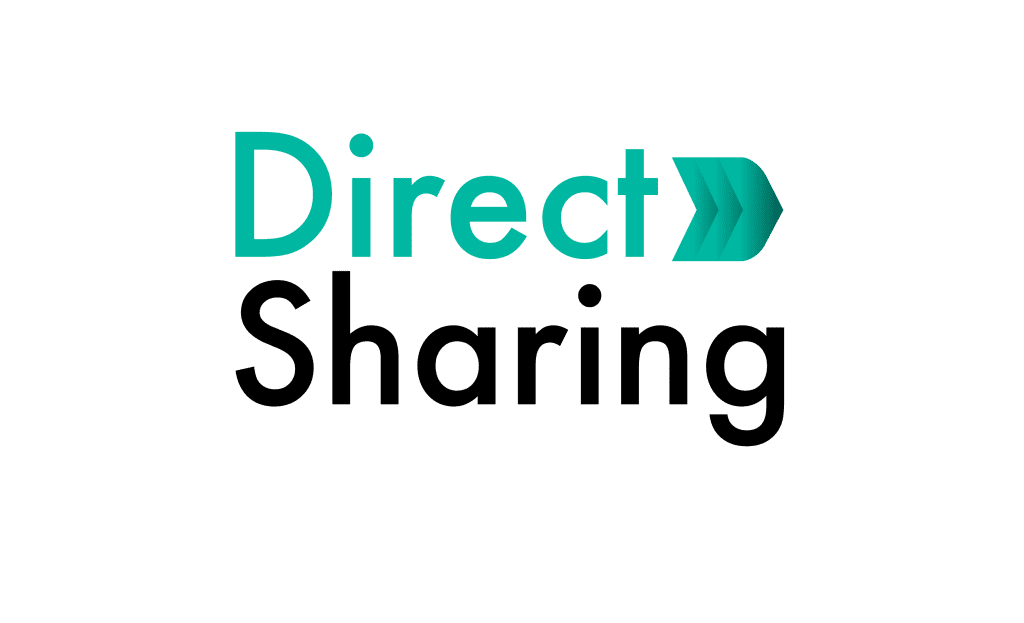We all love a good story, especially the kind where someone beats the odds with a surprising cure. Maybe it is a friend who swears a drug meant for something else saved their life. These stories feel powerful, hopeful, and real. But when it comes to medical science, personal stories aren’t enough.
That is because medical science is not about belief. It is about proof. And proof means more than a few success stories. It requires hard data, solid testing, and the kind of results that can’t be explained away by chance, bias, or hope.
Ivermectin Isn’t a Cancer Cure (Yet)
Take the example of ivermectin. Some people claim it fights cancer. Maybe one day, that might be true. However, there is currently no strong, confirmed scientific evidence to support this. Doctors and scientists are clear on this: do not use it for cancer outside of a clinical trial. The research just isn’t there yet.

We test, double-check, and repeat. Then we wait for others to do the same and see if they get the same results.
Evidence-Based Medicine (EBM)
This process is called Evidence-Based Medicine or EBM. It means using the best current evidence, clinical expertise, and patient values to make smart decisions in healthcare. That balance is what helps doctors make choices that actually work for the person in front of them.
However, not all evidence is equal. There is a ladder of trust. At the top, we have meta-analyses and randomized controlled trials. These are big, careful studies that try hard to eliminate bias. They compare groups fairly and use clear results. They don’t rely on anyone’s opinion. They look at the facts.
Down at the bottom? That is where testimonials sit. Personal stories are subjective. They are shaped by emotions, memory, and sometimes wishful thinking. You can’t test or repeat them in a lab. That is why scientists don’t use them to prove treatments work.
Real Science Fights Bias and Confirms Results
Good science is designed to protect us from fooling ourselves. It removes bias, including the natural human desire to believe something is helping. This “bias of hopefulness” can make people feel better even if the treatment does nothing. That is why studies must use objective outcome measures: clear, unbiased data points that don’t depend on how someone feels or what they believe happened.

If they get the same results, confidence grows. If they don’t, then perhaps the first study was incorrect or merely lucky.
This is how science builds trust. Not by being fast, but by being thorough. Not by chasing headlines, but by checking its own work.
How to Spot Good Medical Information
So, how can you tell if the medical information you are seeing is solid?
To begin with, look at where it is coming from. Trustworthy sources include big names in health research, like the National Institutes of Health, top medical schools, and peer-reviewed journals. These places have high standards and don’t publish junk.
Next, understand the type of study you are reading about. One small study or a handful of cases isn’t enough. Reliable treatments are backed by multiple high-quality studies that show the same thing again and again.
Above all, talk to your doctor. They have seen a lot more than a social media post or a video clip. They can explain what the evidence says and help you make choices that match your personal health needs.




